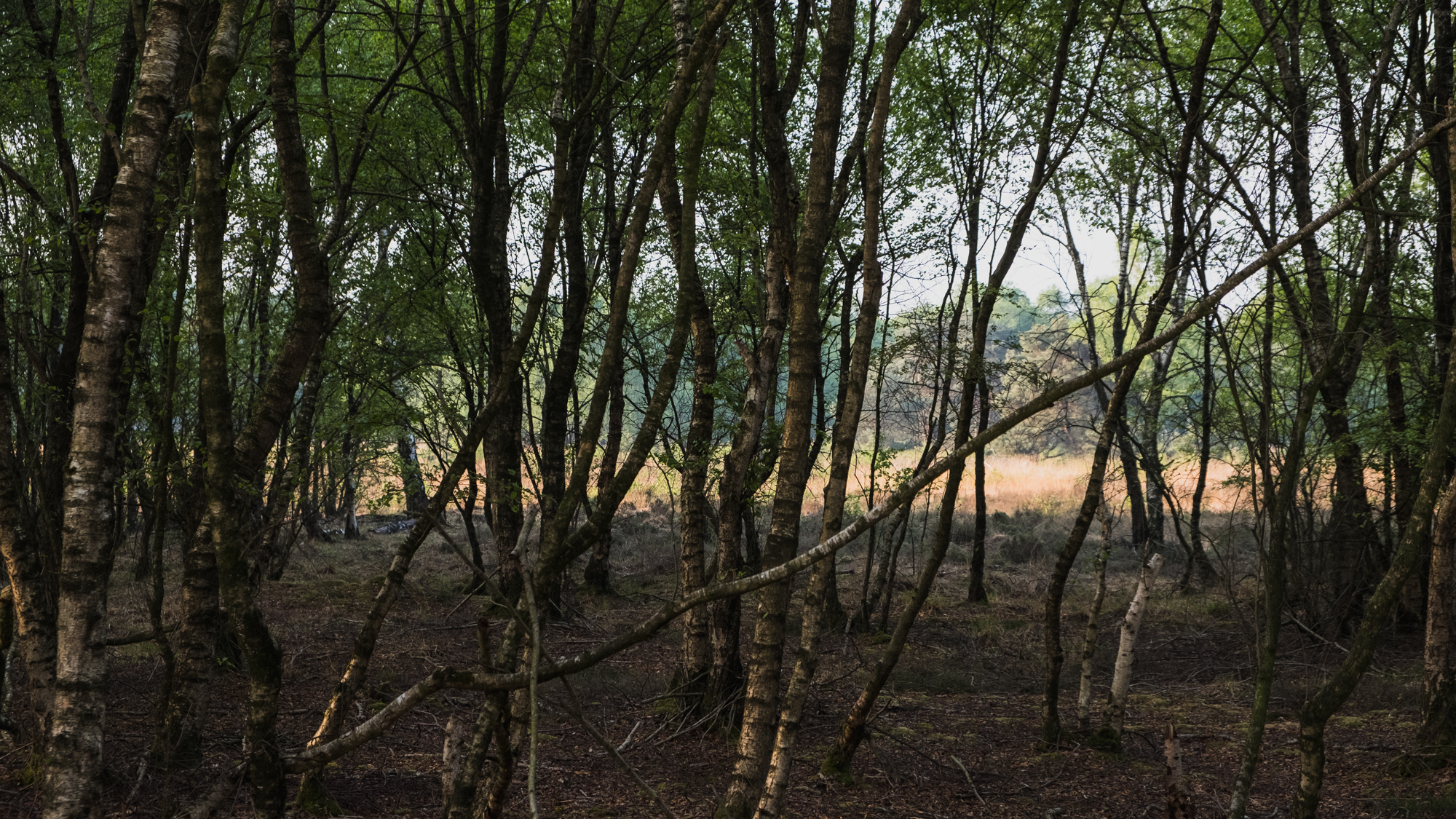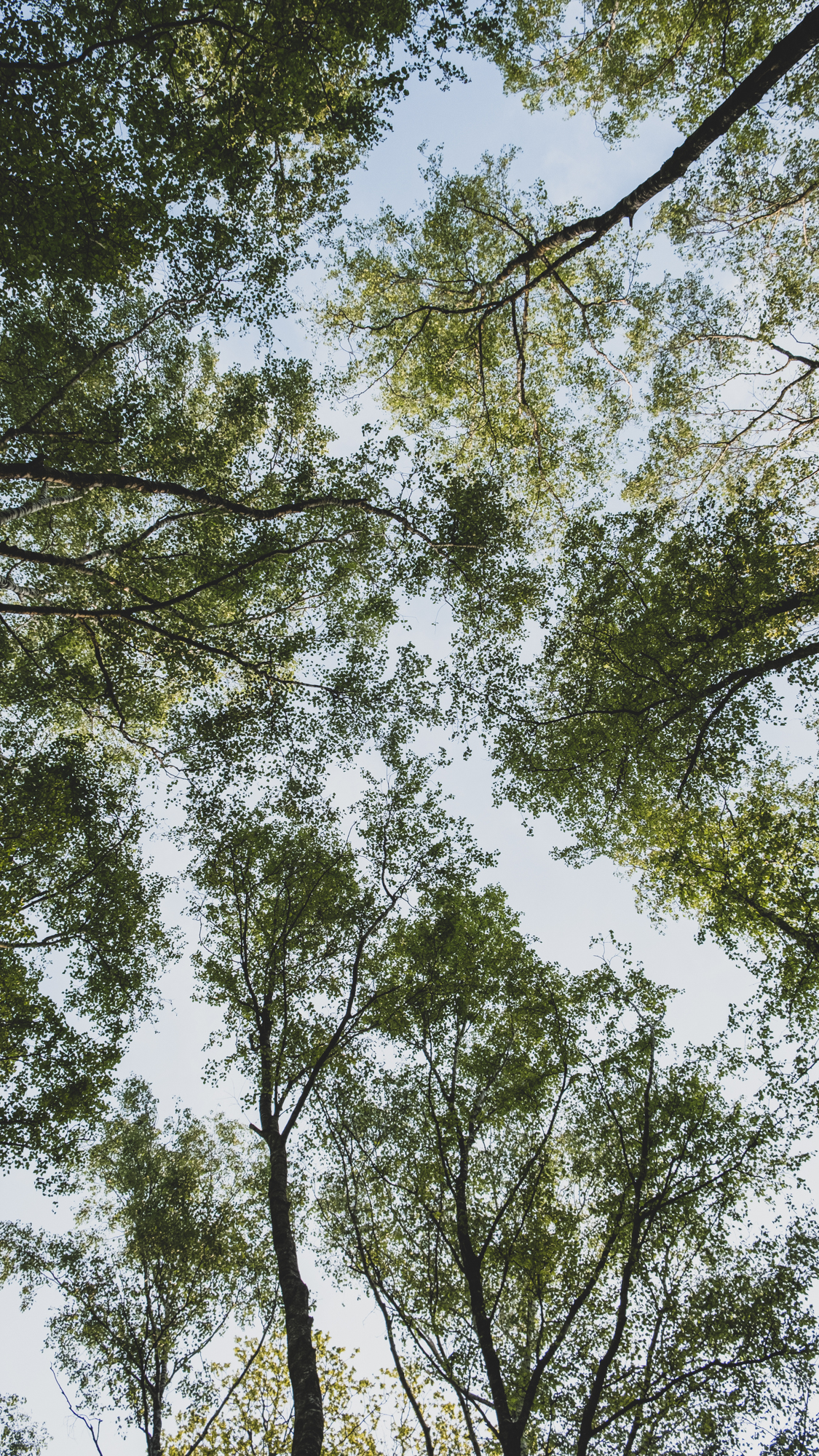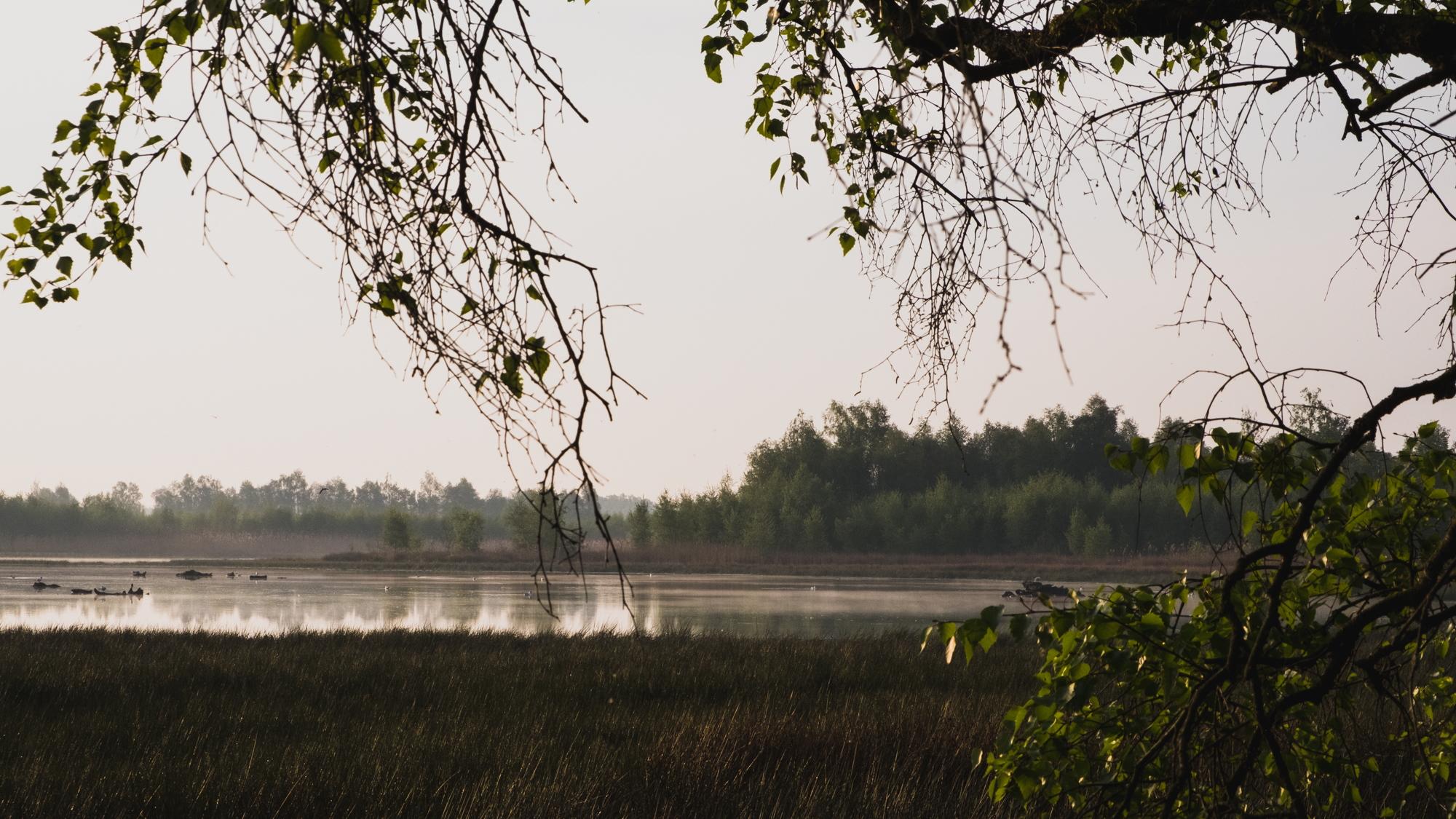5 am in the morning and it is slowly turning bright enough to see. We can hear the loud calls of the birds long before we are able to see them. The cool fresh air feels good after the two hour drive up north. White mist drifts upon the lake wrapping around the flamingos.
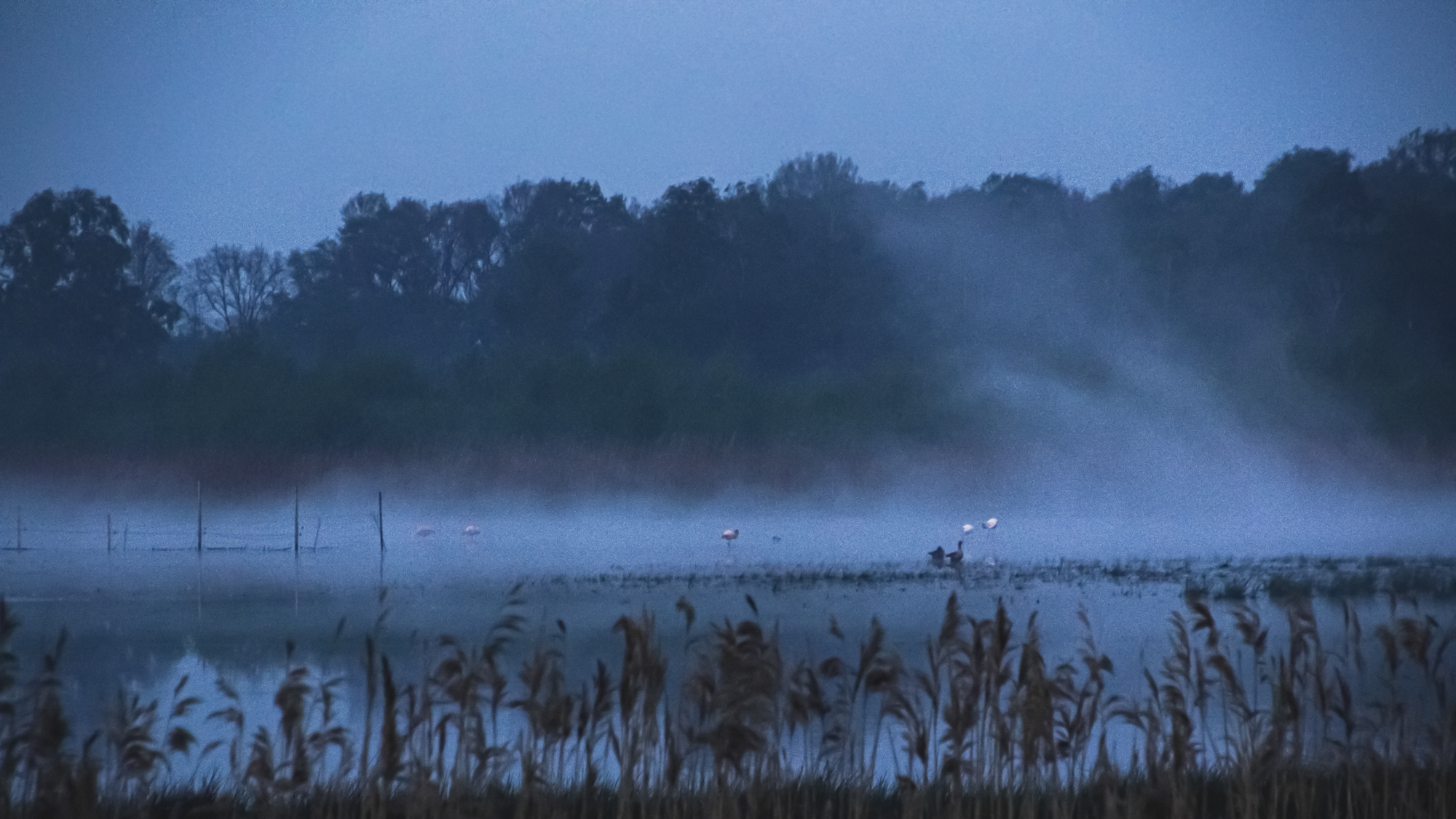
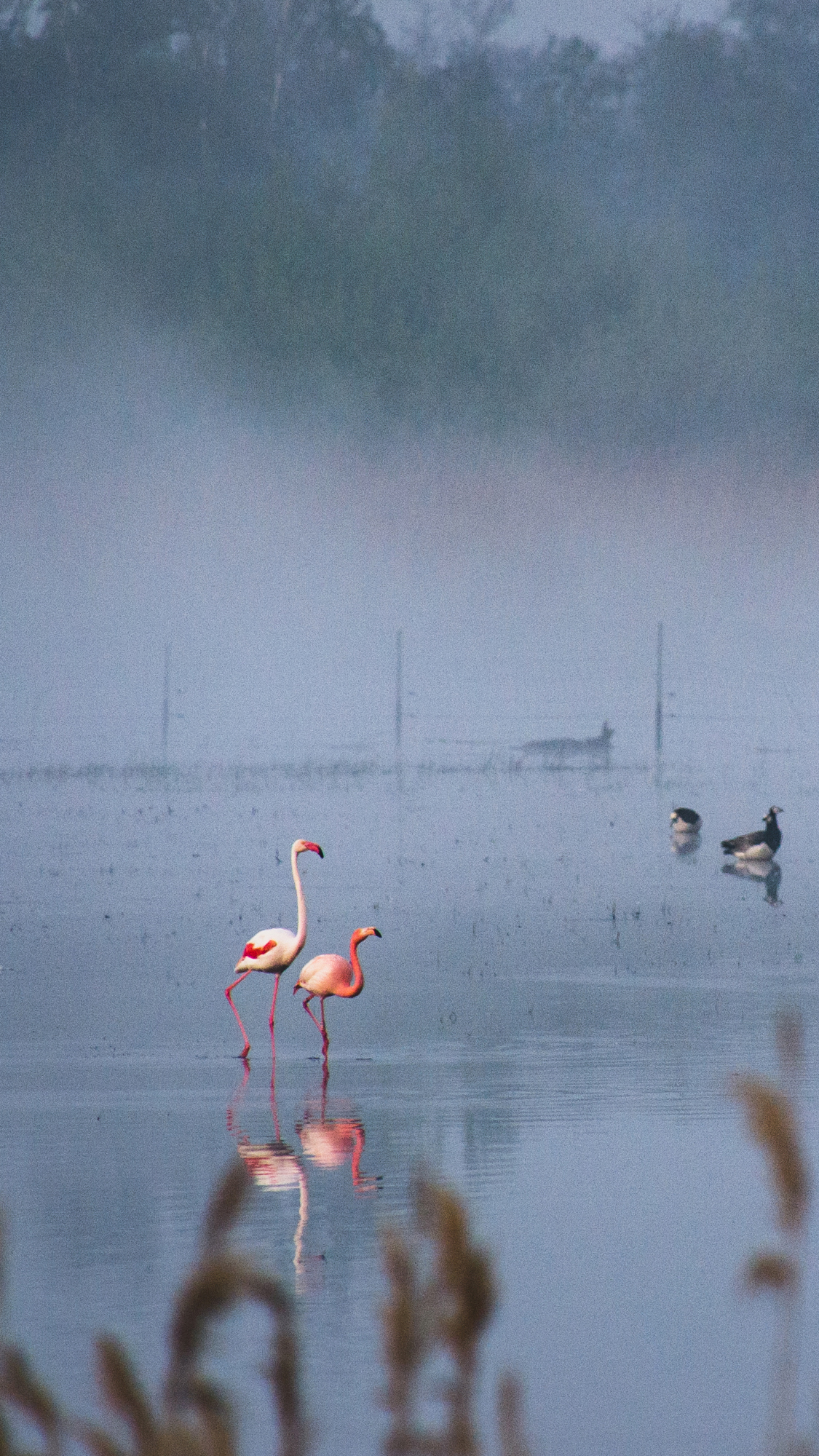
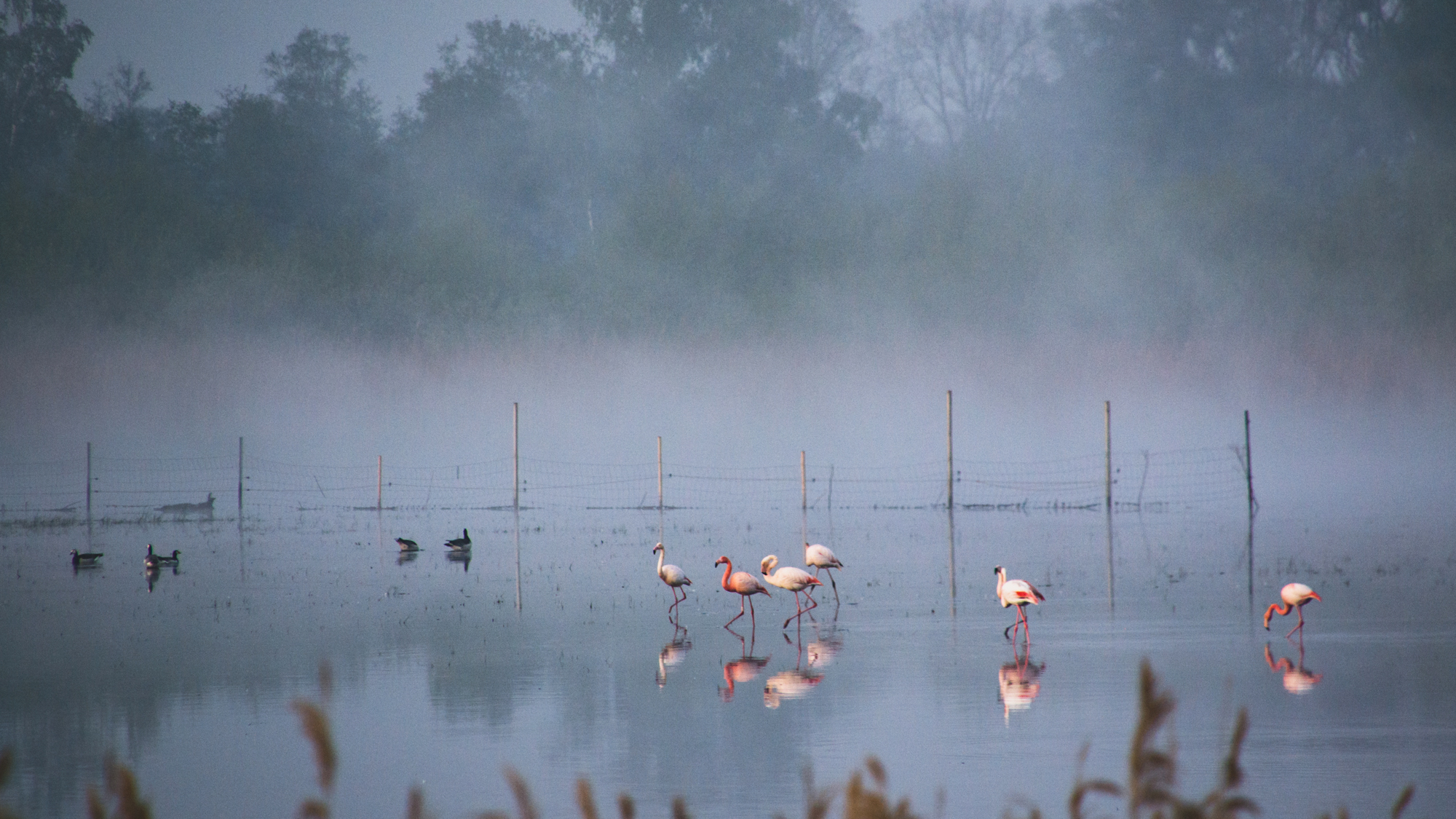
population
The Chile flamingo usually lives in South America. The American flamingo is native to the Caribbean and surrounding countries. The Greater flamingo comes from Africa, Southern Europe and South-West Asia. For 35 years now these three kinds of flamingos breed in the Zwillbrocker Venn. It is now the third generation. All of them have been born here. Flamingos do not occur naturally in this region. We don’t know really where they came from. Most likely the Chilean and American flamingos originated from species in captivity. The Greater flamingo may have come from another European population. Here they are starting to mix. Among the flamingos other birds and animals live here. For example a huge population of black-headed gulls that call for attention with their loud cries. A fence around the lake protects the birds, mainly from foxes and humans.
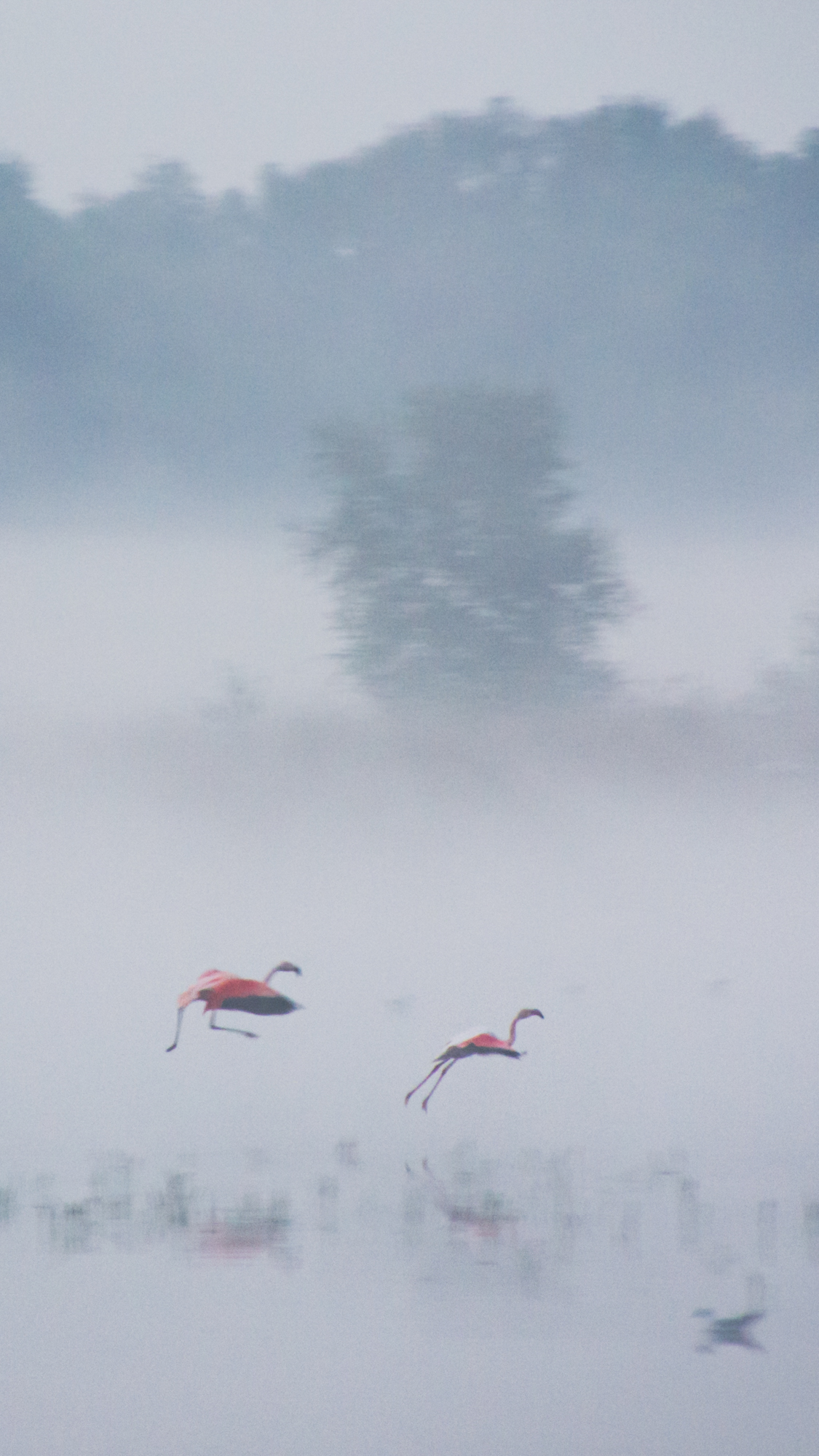

How old do you think a flamingo can get?
The oldest flamingo in the Zwillbrocker Venn is now 20. In nature they usually live longer than 20 years and the oldest one got was 27. In captivity however one flamingo lived for 83 years.
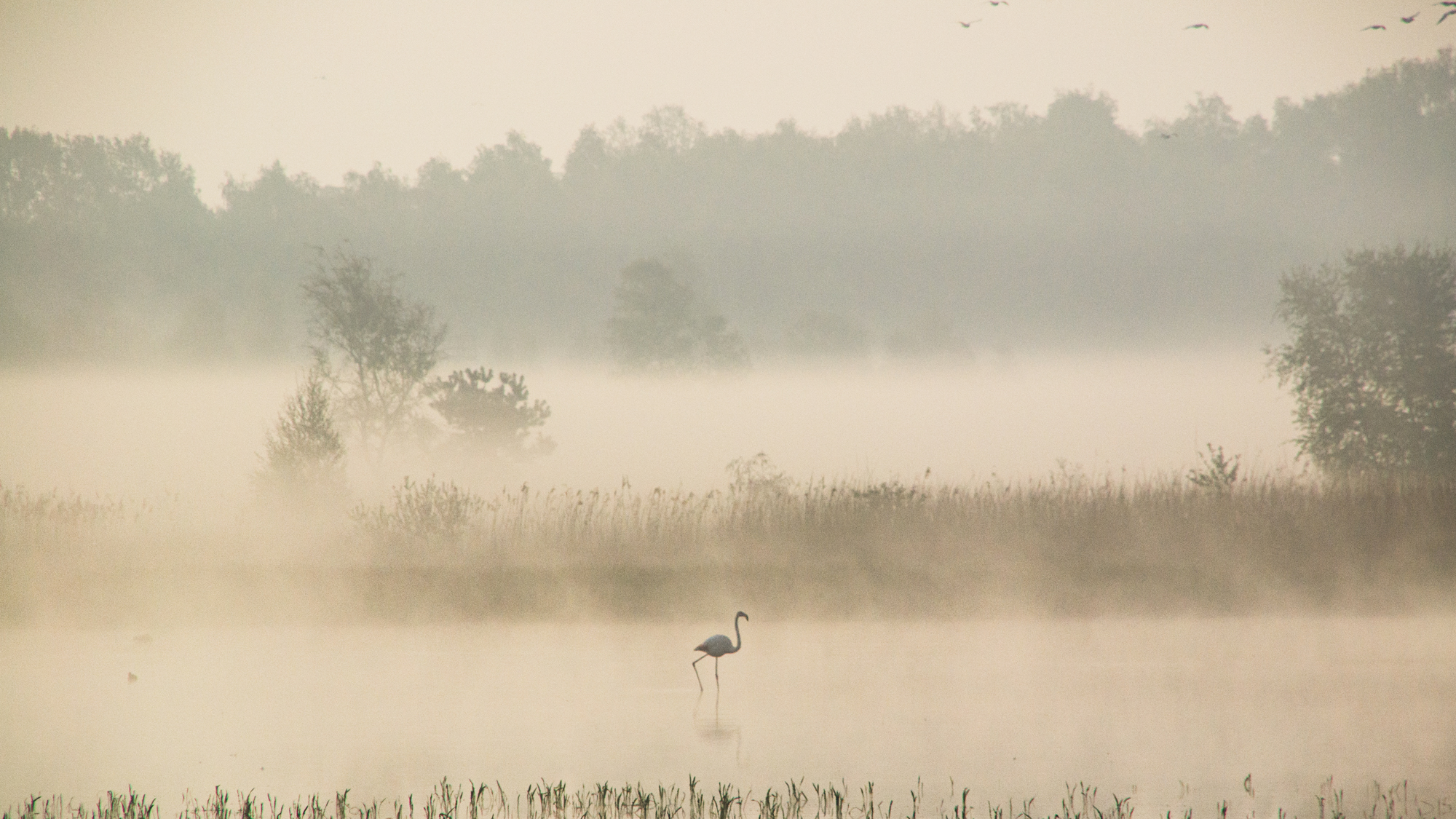

migration
During the winter months they migrate to The Netherlands, staying at the Ijssel- and Veluwemeers or the Rhine delta. Some even left to live in Northern France or Spain.
